Related Article
-

McDonald’s Japan’s Doraemon-themed Banana Chocolate Pie [Review]
-
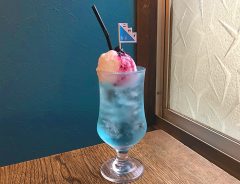
Stylish Japanese cream sodas, cafe fare and more await on the second floor at Kissa Nikai
-
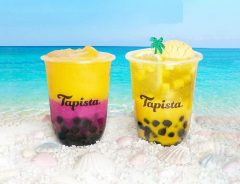
Tapista’s tropical boba parfaits feature Alphonso mangoes, bananas and dragonfruit
-
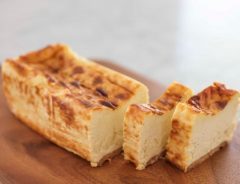
Japanese companies offer cool and delicious banana sweets to help consumers enjoy summer
-
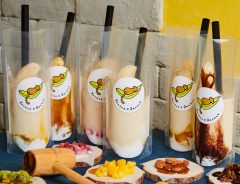
Go bananas and smash your stress away at SHIBUYA109’s Banana x Banana smoothie store!
-
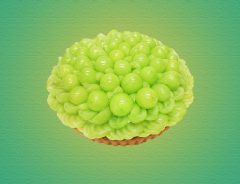
Welcome fall with these gorgeous grape cakes from Café Comme Ça
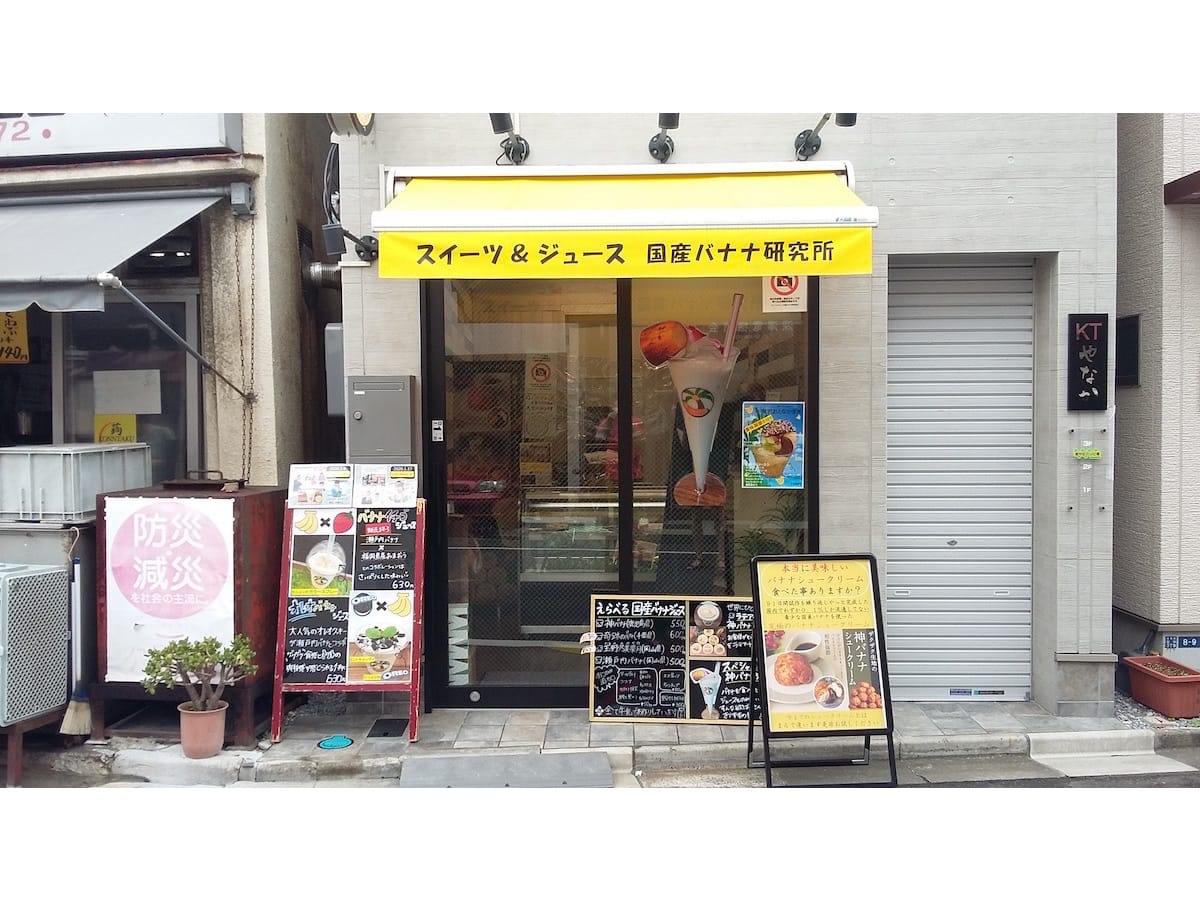


In case you’re wondering, this is not a genuine research institute, at least not officially. It’s just a shop that sells Japanese bananas. Still, considering all the work their people have put into growing bananas in Japan, they deserve an accolade of some kind, and you have to admit that the ‘National Banana Research Institute’ is a pretty cool name for a shop.
I was especially keen to visit because only last week I wrote an article wondering why fruit and vegetables are so expensive in Japan. Since the only reasonably priced fruit on offer in my local supermarket are bananas, I speculated that the most likely explanation was that you can’t grow bananas in Japan, so retailers have to import them from the Philippines, which has a vastly more cost-effective agricultural sector than Japan does.
But as the National Banana Research Institute goes to show, it’s not true that bananas can’t be grown in Japan. At 550 yen (US$5.14, GBP£4.04) for a single banana (and 920 yen if you want a ‘regular’, as opposed to small sized banana), the National Banana Research Institute isn’t going to be giving Philippino growers a run for their money any time soon. But their claim to have come up with a superior product piqued my curiosity, so I jogged on down to Yanaka to have a gander.
In fact, the Institute offers not one, but five varieties of domestically grown bananas. They’re grown in Okinawa, Kagoshima, Okayama, and most remarkably, Chiba. A spokeswoman for the Institute (AKA the shop assistant) informed me that after years of research, their scientists had succeeded in growing a variety of banana that thrives in temperate Japan, thereby obviating the need to import the starchy yellow fruit from tropical countries. Domestically grown nanas currently account for just 0.1% of the Japanese market, but she was confident that that would change soon.
Photo by George Lloyd
The spokeswoman showed me a wall chart that broke down the taste of each of the Institute’s five varieties by sweetness, scent, and texture, much as you might a piece of good quality cheese.
Photo by George Lloyd
Aside from offering a superior taste to imported varieties, the Institute’s fruit isn’t treated with pesticides, she went on, as a result of which even the peel is safe to eat. Apparently, it’s an even richer source of vitamins and minerals than the contents it protects, and not at all bitter.
Not using pesticides is a big plus in the battle for the hearts and minds of Japanese consumers, who tend to be obsessed with all things anshin anzen 安心安全– safe and secure. That, and the scrupulous care and attention lavished on each banana, account for their eye-bogglingly high price.
So, how do the Institute’s bananas compare to the bog-standard Philippino bananas I buy in my supermarket? Determined to find out, I handed over my hard-earned lucre for one of the Institute’s pieces of fruit, whipped out a shop-bought banana that I happened to have on my person, and there and then conducted a blind taste test.
The safe and secure banana is the one on the right. | Photo by George Lloyd
The result? Well, the Philippino banana had a nice lemony top note, but I had to admit that the overall taste was noticeably blander than the domestically grown piece of fruit. I particularly liked the latter’s caramel aftertaste. It was a nicer colour too. So, the Institute’s fruit came out ‘top banana.’
That’s not to say I’ll be going back to the National Banana Research Institute any time soon. It might have sated my curiosity, but it did nothing for my appetite for a cheap banana. While too expensive for day-to-day uses, its fruit would, however, make an excellent Christmas present – assuming its scientists have worked out how to grow bananas in Japan in December.
Aside from individual bananas, the National Banana Research Institute also offers banana juice, which is made with milk or soymilk and can be combined with matcha, cocoa, earl grey tea or espresso. I would also recommend their banana chou à la crème, a satisfyingly gooey and indulgent concoction that went some way towards assuaging the feeling that I’d just been mugged by a woman holding a banana.
Photo by George Lloyd
The National Banana Research Institute is at Yanaka 3-8-9, Taito-ku. The nearest station is Sendagi on the Chiyoda line. For more information, see the shop’s website.